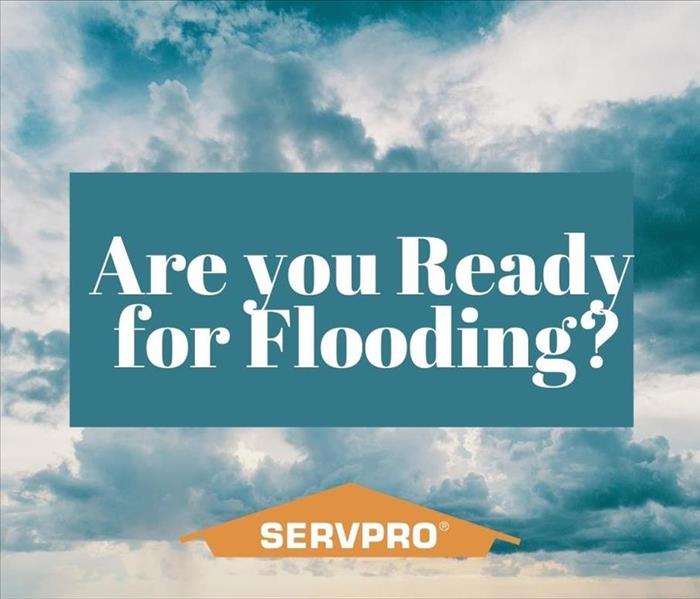Are you Ready for Flooding?
4/9/2021 (Permalink)
It’s almost mid-April, and April showers bring May flowers, but they could also bring dangerous floods. Flooding occurs when water temporary overflows onto land that is normally dry. There are different types of floods that can occur, like a river flood, which occurs when a river rises above the river banks, or a flash flood, which is a flood that begins within 6 hours of heavy rainfall.
Floods are the most common natural disaster in the United States and can be very dangerous: just six inches of moving water can knock a person down and a foot of water can sweep away a vehicle. Never try to swim or drive through flood waters.
If you are in a flood, find shelter immediately. Depending on the type of flood:
- Evacuate if told to do so
- Move to a higher floor or higher ground
- Stay where you are
Do you know the difference between flood warnings?
FLASH FLOOD WATCH or FLOOD WATCH
Flash flooding or flooding is possible within the designated watch area — be alert.
FLASH FLOOD WARNING or FLOOD WARNING
Flash flooding or flooding has been reported or is imminent — take necessary precautions at once! Get to higher ground!
How to Prepare for a Flood-
- Make a flood emergency plan.
- Prepare an emergency preparedness kit with a flashlight, batteries, etc.
- Raise furnaces, water heaters and electrical components above the base flood elevation level. Install a sump pump system to drain water away from your home.
- Seal basement walls to prevent water seepage
For more information on floods, check out ready.gov/floods.





 24/7 Emergency Service
24/7 Emergency Service
